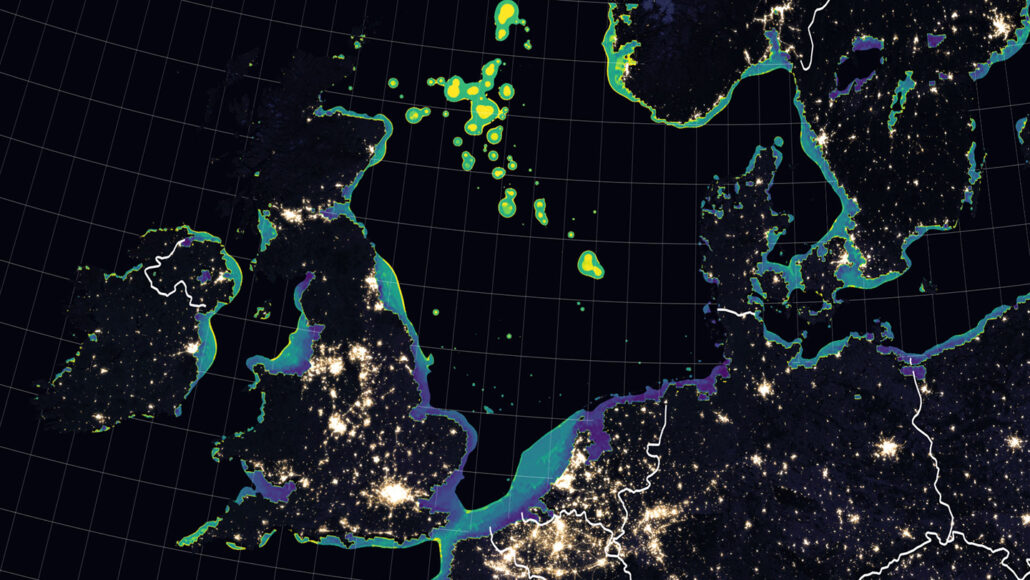Blinded by the lights: Light pollution: ocean edition
By Melede Ganoy
 |
| PHOTO: JOSHUA STEVENS, T.J. SMYTH ET AL/ELEMENTA: SCIENCE OF THE ANTHROPOCENE 2021 |
Turtles, when hatched, head for the water with moonlight guiding them. Light is their primary source of direction from the shell to the sea. Now with artificial lights flooding the scene, it is not only turtles who are blinded by the lights.
When light penetrates the oceans in a depth and time where it is not supposed to be, it has the potential to disrupt the organisms’ behaviors and routines. Researchers from the University of Plymouth in 2018 studied the waters of Plymouth Sound and Tamar estuary in the United Kingdom, keeping an eye on light infiltration. They targeted red, green, and blue wavelengths and how these are absorbed on the surface of the water, beneath, and on the seafloor.
The results tell that while red wavelengths had minimal impact, 70 percent of blue light and 76 percent of green light reached the seafloor. It downright supports the notion that artificial light harms sea creatures because these are the same colors found in LEDs that light up city streets along the coast. Light pollution in this form is called an ‘artificial skyglow,’ which disturbs the natural biological cycles of marine life on the seafloor. Like the turtles, deep-sea organisms rely on moonlight for synchronous regulation for their behaviors like reproduction, sleep, food, and protection. If light pollution becomes prominent and consistent, their cycles will go haywire.
Light pollution is not just a thing for cities on land where unnecessary amounts of artificial lights are turned on – blocking our natural view of the night sky. It’s dismally affecting underwater creatures and the world under the waves as well. Sea-based oil rigs, windmills near the coast, beach resorts, and fishing techniques like lobster catching contribute much to ocean light pollution. According to Science News, it can reach up to 50 meters under the surface as exemplified by the situation in the Persian Gulf and the Red Sea. Coastal cities contribute most to this dilemma; especially during nighttime.
Light pollution is something to be made aware and taken action of. Efficient use of lighting is a big step in minimizing light pollution. Planning where a light fixture will go and the space it will illuminate, especially in coastal areas, is vital. Automatic lights that have scheduled on and off times are also great in ensuring that artificial light is conserved.
When our man-made wonders spark danger to the creatures around us, the chain is disrupted – backfiring gradually.
Edited by Audrei Mendador
